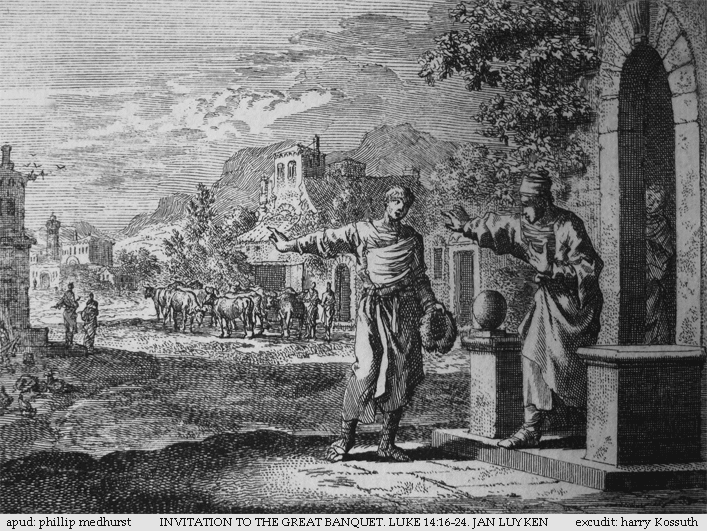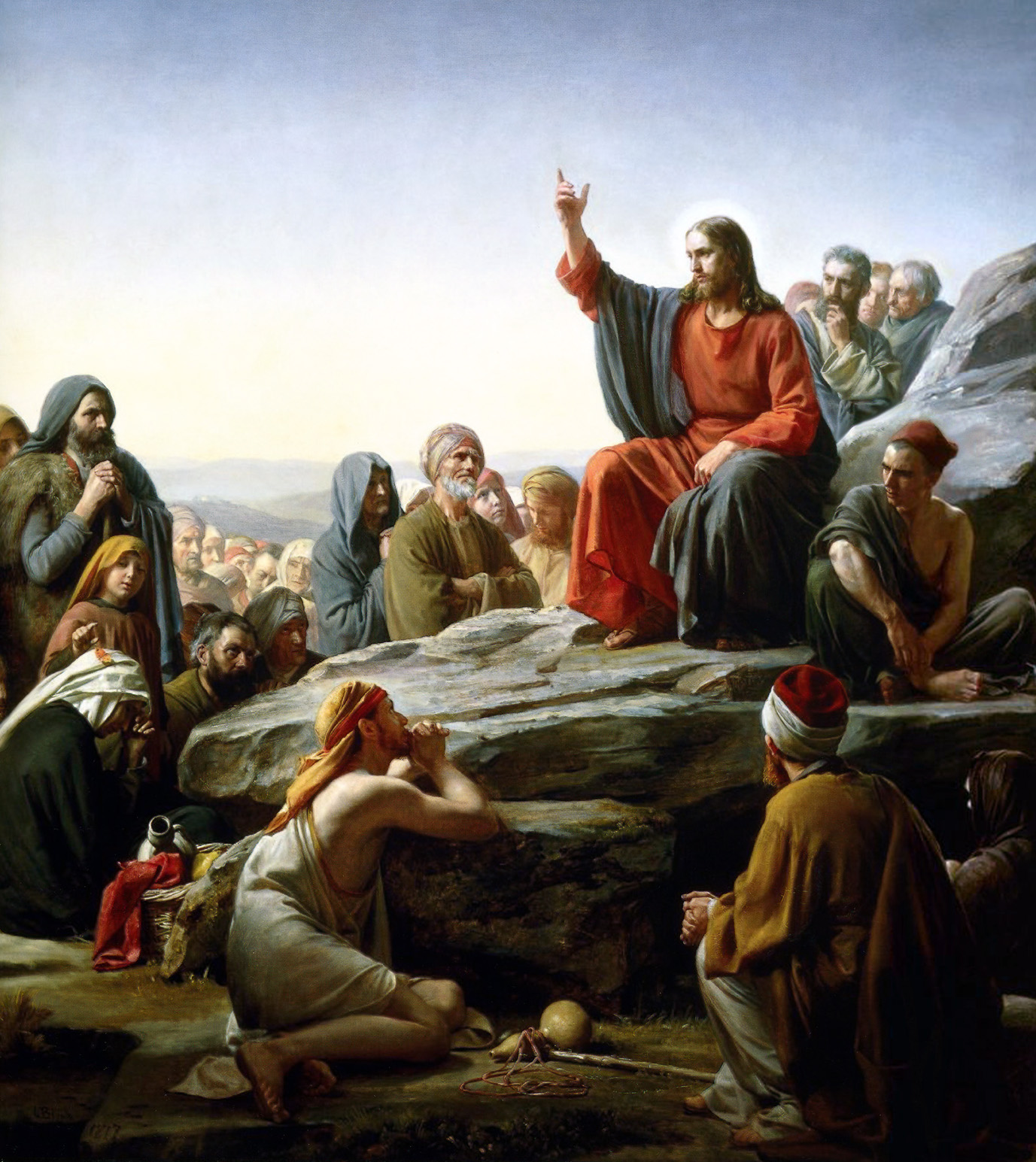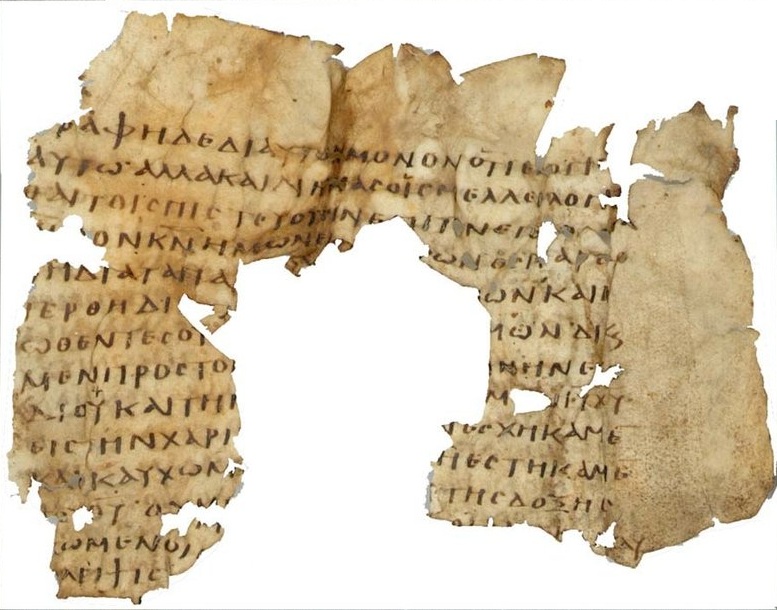|
BWV 185
Johann Sebastian Bach composed the church cantata (Merciful heart of eternal love), 185 in Weimar for the fourth Sunday after Trinity Sunday, Trinity and first performed it on 14 July 1715. Bach composed the cantata as concertmaster in Weimar, responsible for one church cantata per month. The text was written by the court poet Salomon Franck for the occasion and published in 1715. He included as the closing choral the first stanza of Johannes Agricola's hymn "". The cantata is structured in six movements begins with a duet, followed by a sequence of alternating arias and recitatives and closed by a four-part chorale. It is scored for a small ensemble of four vocal parts, oboe, strings and basso continuo, continuo. Bach led the first performance in the court chapel of Schloss Weimar on 14 July 1715. He performed the cantata again, with small instrumental revisions, at the beginning of his tenure as in Leipzig, coupled with the new cantata . History and words On 2 March 17 ... [...More Info...] [...Related Items...] OR: [Wikipedia] [Google] [Baidu] |
Church Cantata (Bach)
Throughout his life as a musician, Johann Sebastian Bach composed cantatas for both secular and sacred use. His church cantatas are cantatas which he composed for use in the Lutheran church, mainly intended for the occasions of the liturgical year. Bach's ''Nekrolog'' mentions five cantata cycles: "Fünf Jahrgänge von Kirchenstücken, auf alle Sonn- und Festtage" (Five year-cycles of pieces for the church, for all Sundays and feast days), which would amount to at least 275 cantatas,Alfred Dörffel. Bach-Gesellschaft Ausgabe Volume 27: '' Thematisches Verzeichniss der Kirchencantaten No. 1–120''. Breitkopf & Härtel, 1878. Introduction, p. VI or over 320 if all cycles would have been ideal cycles.Günther Zedler''Die Kantaten von Johann Sebastian Bach: Eine Einführung in die Werkgattung''.Books on Demand, 2011. p. 24–25/ref> The extant cantatas are around two-thirds of that number, with limited additional information on the ones that went missing or survived as fra ... [...More Info...] [...Related Items...] OR: [Wikipedia] [Google] [Baidu] |
Ein Ungefärbt Gemüte, BWV 24
Johann Sebastian Bach composed the church cantata (An open mind) (literally: An undyed mind), 24 in Leipzig for the fourth Sunday after Trinity and first performed it on 20 June 1723. It is the third new cantata of his first cantata cycle in Leipzig. The title has been translated more freely, for example as "An unstained mind", "An unblemished conscience", "An undisguised intention", and "An unsophisticated mind". History and words Bach composed the cantata for the Fourth Sunday after Trinity and first performed it on 20 June 1723, three weeks after he took up the position as in Leipzig with . Bach had begun to compose one cantata for almost every Sunday and holiday of the liturgical year, a project described by Christoph Wolff as "an artistic undertaking on the largest scale". The prescribed readings for the Sunday were from the Epistle to the Romans, "For the earnest expectation of the creature waiteth for the manifestation of the sons of God" (), and from the Sermon on the ... [...More Info...] [...Related Items...] OR: [Wikipedia] [Google] [Baidu] |
Die Himmel Erzählen Die Ehre Gottes, BWV 76
Johann Sebastian Bach composed the church cantata (), 76 in Leipzig for the second Sunday after Trinity of the liturgical year and first performed it on 6 June 1723. Bach composed the cantata at a decisive turning point in his career. Moving from posts in the service of churches and courts to the town of Leipzig on the first Sunday after Trinity, 30 May 1723, he began the project of composing a new cantata for every occasion of the liturgical year. He began his first annual cycle of cantatas ambitiously with , in an unusual layout of 14 movements in two symmetrical parts, to be performed before and after the sermon. , performed a week later, has the same structure. The unknown poet begins his text with a quotation from Psalm 19 and refers to both prescribed readings from the New Testament, the parable of the great banquet as the Gospel, and the First Epistle of John. Bach scored Part I with a trumpet as a symbol of God's Glory. In Part II, performed after the sermon and durin ... [...More Info...] [...Related Items...] OR: [Wikipedia] [Google] [Baidu] |
Die Elenden Sollen Essen, BWV 75
Johann Sebastian Bach composed the church cantata (The miserable shall eat), 75, in Leipzig for the first Sunday after Trinity and first performed it on 30 May 1723. The complex work in two parts of seven movements each marks the beginning of his first annual cycle of cantatas. Bach composed the cantata at a decisive turning point in his career. After various positions in churches and courts, he assumed his post of ''Thomaskantor'' in Leipzig on the first Sunday after Trinity, performing this cantata. He began the ambitious project of composing a new cantata for every occasion of the liturgical year. The work is structured in an unusual layout of 14 movements in two symmetrical parts, to be performed before and after the sermon. The unknown poet begins his text with a quotation from Psalm 22 and departs from its ideas on wealth and poverty, rich and poor, and illustrates the contrasts. The focus of the second part is on being poor or rich in spirit. Both parts are concluded ... [...More Info...] [...Related Items...] OR: [Wikipedia] [Google] [Baidu] |
Cantor (church)
In Christianity, the cantor, sometimes called the precentor or the protopsaltes (; from ), is the chief singer, and usually instructor, employed at a church, with responsibilities for the choir and the preparation of the Mass or worship service. Generally, a cantor must be competent to choose and conduct the vocals for the choir, to start any chant on demand, and to be able to identify and correct the missteps of singers placed under them. A cantor may be held accountable for the immediate rendering of the music, showing the course of the melody by movements of the hand(s) (''cheironomia''), similar to a conductor. Western Christianity Roman Catholicism Before and after the Second Vatican Council, a ''cantor'' in the Roman Catholic Church was the leading singer of the choir, a ''bona fide'' clerical role. The medieval cantor of the papal Schola Cantorum was called ''Prior scholae'' or ''Primicerius''. In medieval cathedrals, the cantor or precentor directed the music and ... [...More Info...] [...Related Items...] OR: [Wikipedia] [Google] [Baidu] |
Libretto
A libretto (Italian for "booklet") is the text used in, or intended for, an extended musical work such as an opera, operetta, masque, oratorio, cantata or Musical theatre, musical. The term ''libretto'' is also sometimes used to refer to the text of major liturgical works, such as the Mass (liturgy), Mass, requiem and sacred cantata, or the story line of a ballet. ''Libretto'' (; plural ''libretti'' ), from Italian, is the diminutive of the word ''wiktionary:libro#Italian, libro'' ("book"). Sometimes other-language equivalents are used for libretti in that language, ''livret'' for French works, ''Textbuch'' for German and ''libreto'' for Spanish. A libretto is distinct from a synopsis or scenario of the plot, in that the libretto contains all the words and stage directions, while a synopsis summarizes the plot. Some ballet historians also use the word ''libretto'' to refer to the 15 to 40 page books which were on sale to 19th century ballet audiences in Paris and contained a ve ... [...More Info...] [...Related Items...] OR: [Wikipedia] [Google] [Baidu] |
Albert Schweitzer
Ludwig Philipp Albert Schweitzer (; 14 January 1875 – 4 September 1965) was an Alsatian-German/French polymath. He was a theologian, organist, musicologist, writer, humanitarian, philosopher, and physician. A Lutheran minister, Schweitzer challenged both the secular view of Jesus as depicted by the historical-critical method current at this time, as well as the traditional Christian view. His contributions to the interpretation of Pauline Christianity concern the role of Paul's mysticism of "being in Christ" as primary and the doctrine of justification by faith as secondary. He received the 1952 Nobel Peace Prize for his philosophy of "Reverence for Life", becoming the eighth Frenchman to be awarded that prize. His philosophy was expressed in many ways, but most famously in founding and sustaining the Hôpital Albert Schweitzer in Lambaréné, French Equatorial Africa (now Gabon). As a music scholar and organist, he studied the music of German composer Johann Sebasti ... [...More Info...] [...Related Items...] OR: [Wikipedia] [Google] [Baidu] |
The Blind Leading The Blind
"The blind leading the blind" is an idiom and a metaphor in the form of a parallel phrase, it is used to describe a situation where a person who knows nothing is getting advice and help from another person who knows almost nothing. History The idiom can be traced back to the Upanishads, which were written around 800 BCE A similar metaphor exists in the Buddhist Pali Canon, composed in North India, and preserved orally until it was committed to writing during the Fourth Buddhist Council in Sri Lanka in 29 BCE. The expression appears in Horace: ' ("the blind leader of the blind"). Horace was the leading Roman lyric poet during the time of Augustus (27 BCE – 14 CE) The saying appears several times in the Bible with similar stories appearing in the gospels of Matthew, Luke and Thomas, possibly via the Q source. Sextus Empiricus (160 – 210CE) compares ignorant teachers and blind guides in Outlines of Scepticism: The phrase appears in Adagia, an annotated collecti ... [...More Info...] [...Related Items...] OR: [Wikipedia] [Google] [Baidu] |
The Mote And The Beam
The Mote and the Beam is a parable of Jesus given in the Sermon on the Mount in the Gospel of Matthew, chapter 7, verses . The discourse is fairly brief, and begins by warning his followers of the dangers of judging others, stating that they too would be judged by the same standard. The Sermon on the Plain has a similar passage in . Narrative The New Testament text is as follows: The first two verses use plural " ye" and "you", and the next three verses use the singular "thou", "thy" and "thine" to the individual. ( was translated "thou" after using "ye" in .) Interpretation The moral lesson is to avoid hypocrisy, self-righteousness, and censoriousness. The analogy used is of a small object in another's eye as compared with a large beam of wood in one's own. The original Greek word translated as "mote" ( ''karphos'') meant "any small dry body". The terms ''mote'' and ''beam'' are from the King James Version; other translations use different words, e.g. the New Internationa ... [...More Info...] [...Related Items...] OR: [Wikipedia] [Google] [Baidu] |
Gospel Of Luke
The Gospel of Luke), or simply Luke (which is also its most common form of abbreviation). tells of the origins, birth, ministry, death, resurrection, and ascension of Jesus Christ. Together with the Acts of the Apostles, it makes up a two-volume work which scholars call Luke–Acts, accounting for 27.5% of the New Testament. The combined work divides the history of first-century Christianity into three stages, with the gospel making up the first two of these – the life of Jesus the Messiah from his birth to the beginning of his mission in the meeting with John the Baptist, followed by his ministry with events such as the Sermon on the Plain and its Beatitudes, and his Passion, death, and resurrection. Most modern scholars agree that the main sources used for Luke were a), the Gospel of Mark, b), a hypothetical sayings collection called the Q source, and c), material found in no other gospels, often referred to as the L (for Luke) source. The author is anonymous; the tr ... [...More Info...] [...Related Items...] OR: [Wikipedia] [Google] [Baidu] |
Sermon On The Mount
The Sermon on the Mount (anglicized from the Matthean Vulgate Latin section title: ) is a collection of sayings attributed to Jesus of Nazareth found in the Gospel of Matthew (chapters 5, 6, and 7). that emphasizes his moral teachings. It is the first of five discourses in the Gospel and has been one of the most widely quoted sections of the Gospels.. pages xi–xiv. Background and setting The Sermon on the Mount is placed relatively early in Matthew's portrayal of Jesus' ministry--following, in chapter 3, his baptism by John and, in chapter 4, his sojourn and temptation in the desert, his call of four disciples, and his early preaching in Galilee. The five discourses in the Gospel of Matthew are: the Sermon on the Mount (5-7), the discourse on discipleship (10), the discourse of parables (13), the discourse on the community of faith (18), and the discourse on future events (24-25). Also, like all the other "discourses," this one has Matthew's concluding statement ... [...More Info...] [...Related Items...] OR: [Wikipedia] [Google] [Baidu] |
Epistle To The Romans
The Epistle to the Romans is the sixth book in the New Testament, and the longest of the thirteen Pauline epistles. Biblical scholars agree that it was composed by Paul the Apostle to explain that salvation is offered through the gospel of Jesus Christ. Romans was likely written while Paul was staying in the house of Gaius in Corinth. The epistle was probably transcribed by Paul's amanuensis Tertius and is dated AD late 55 to early 57. Consisting of 16 chapters, versions with only the first 14 or 15 chapters circulated early. Some of these recensions lacked all reference to the original audience of Christians in Rome making it very general in nature. Other textual variants include subscripts explicitly mentioning Corinth as the place of composition and name Phoebe, a deacon of the church in Cenchreae, as the messenger who took the epistle to Rome. Prior to composing the epistle, Paul had evangelized the areas surrounding the Aegean Sea and was eager to take the gospel fa ... [...More Info...] [...Related Items...] OR: [Wikipedia] [Google] [Baidu] |






.jpg)

